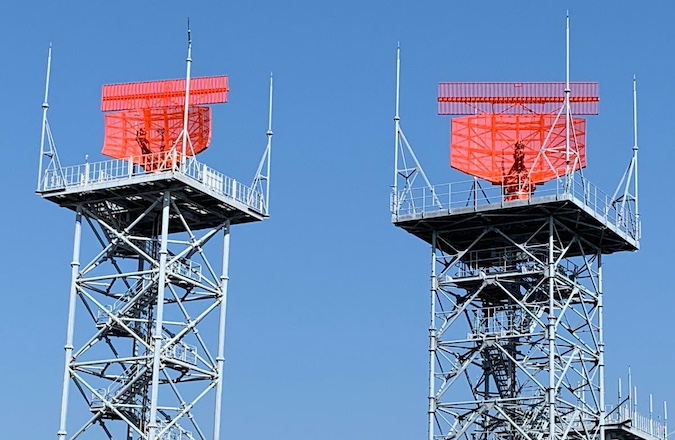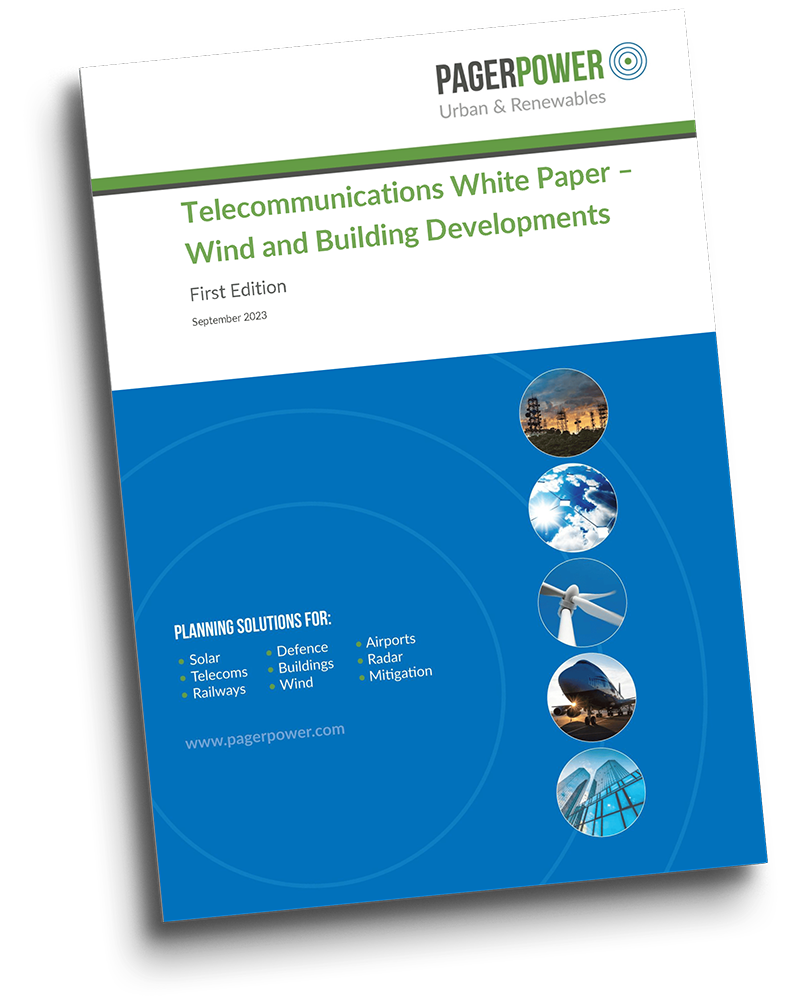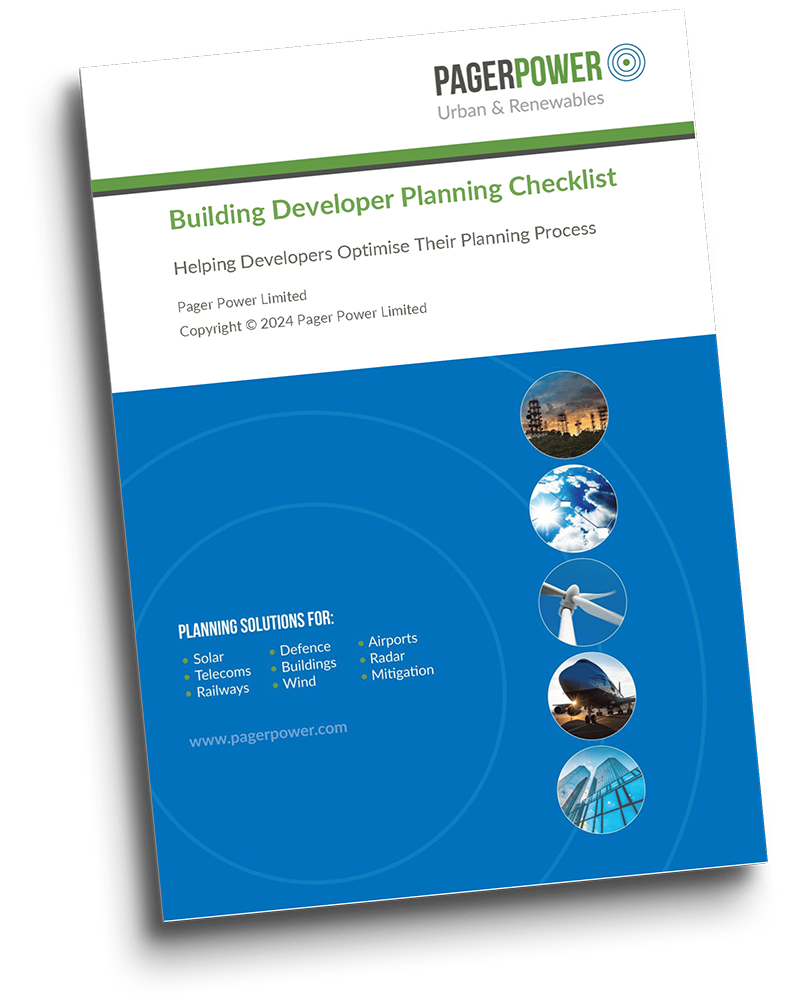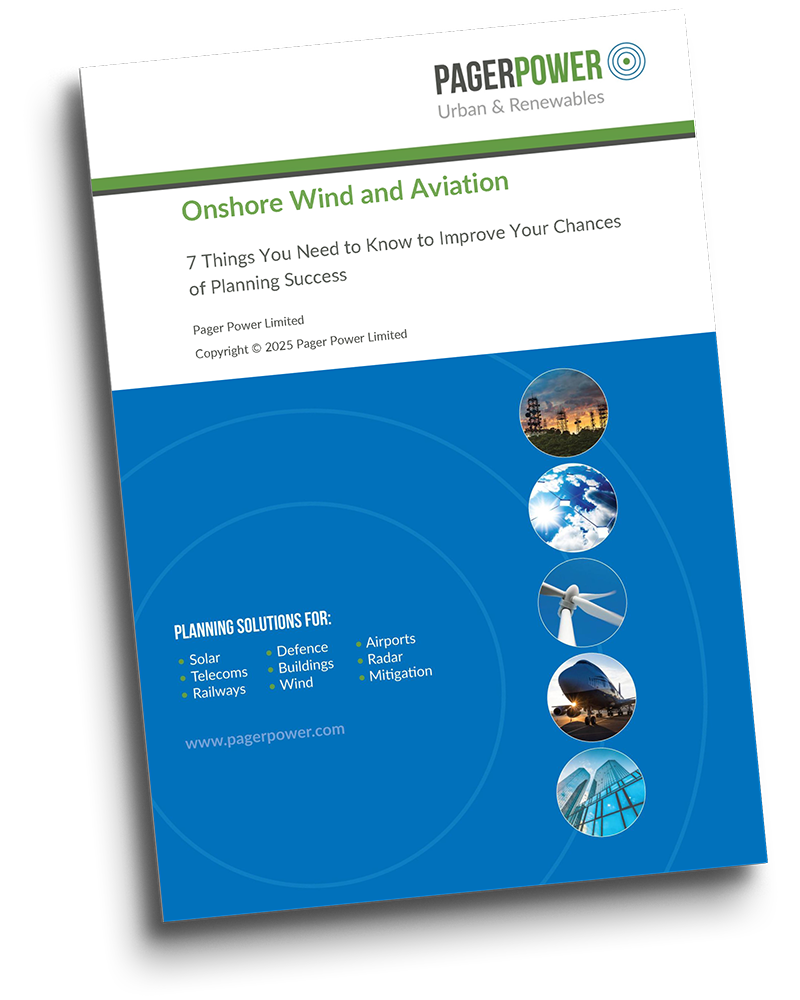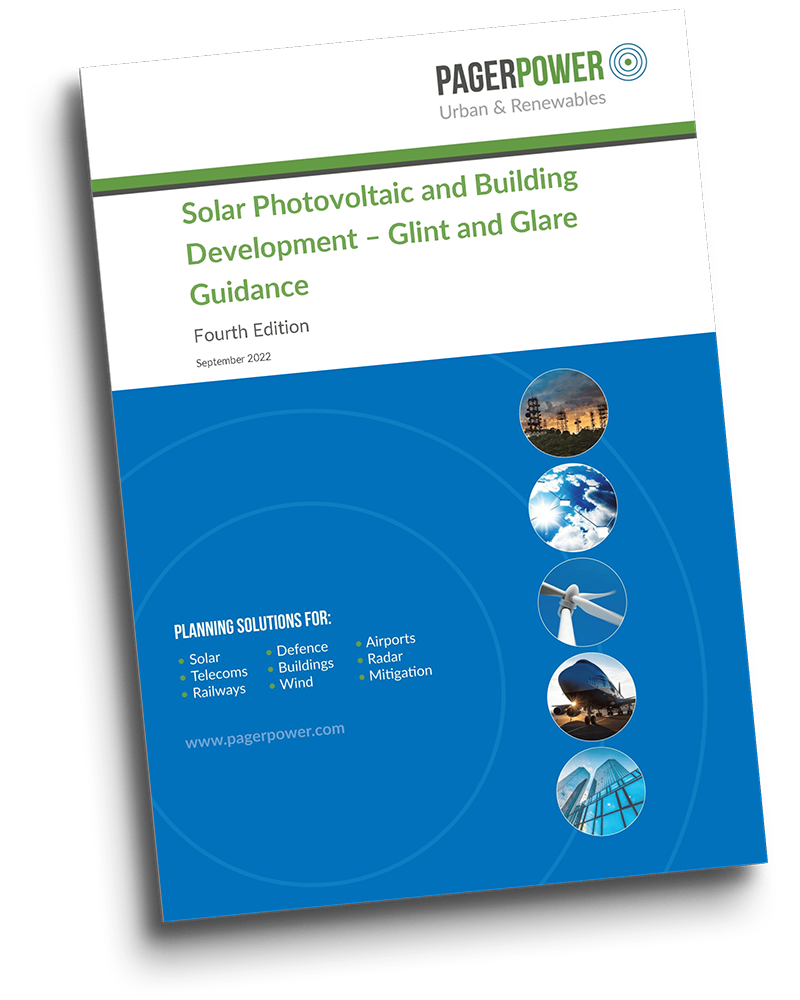Managing Solar Convergence
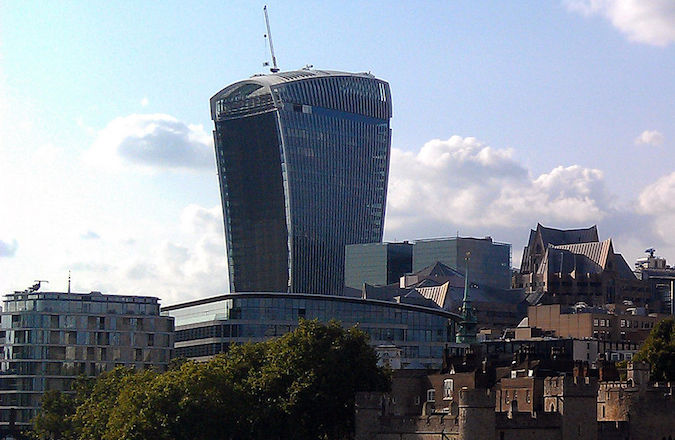
June 11, 2018
Categories:
Share:
Background
Solar Convergence occurs when multiple reflective glass panels simultaneously reflect the sun to one point with an intensity greater than that of direct sunlight. In July 2017 the City of London issued a Solar Convergence Planning Advice Note (PAN) following over-heating problems caused by the concave façade of 20 Fenchurch Street (colloquially known as the “Walkie-Talkie” building).
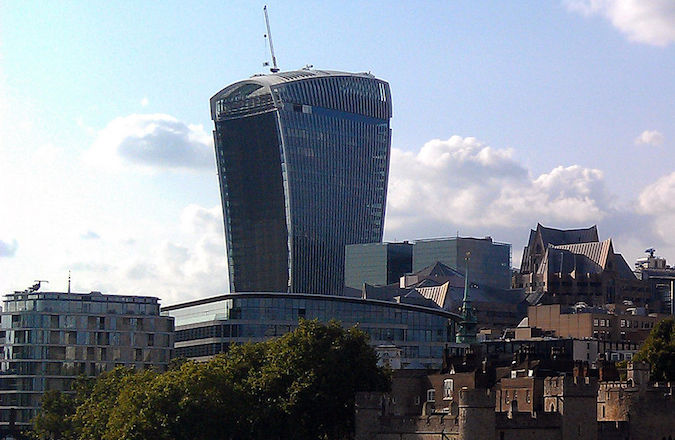
Figure 1: 20 Fenchurch Street with external shading attached to south facing concave façade.
Planning Advice Note – Guidance
The planning advice note on Solar Convergence can be downloaded from https://www.cityoflondon.gov.uk/services/environment-and-planning/planning/design/Documents/solar-convergence-pan.pdf
The document provides the following information:
Causes of solar convergence
Solar convergence is caused by concave surfaces which can be concave in the horizontal plane, vertical plane or both. Reflecting surfaces can be made of glass, mirrors or shiny metals.
Flat and convex surfaces do not cause solar convergence.
Effects of Solar Convergence
Potential effects at locations where solar convergence can occur include:
- Eye damage
- Skin burn (direct or due to touching hot objects/surfaces)
- Overheating (for example in cars)
- Material damage (e.g. Waste bins, road surfaces, vehicles)
- Fire(rare)
Predicting Solar Convergence
Solar Glint and Glare assessments can be undertaken to determine the likelihood of solar convergence reflections occurring. Assessments predict the times and dates of solar convergence, the impact on the retina, the duration over which the effect will occur, where the effect will occur as well as the intensity of the effect.
Intensity Recommendations
The Planning Advice Note provides intensity recommendations specified in units of kilowatts per square metre (kW/m2). The recommendations are summarised in the table below:
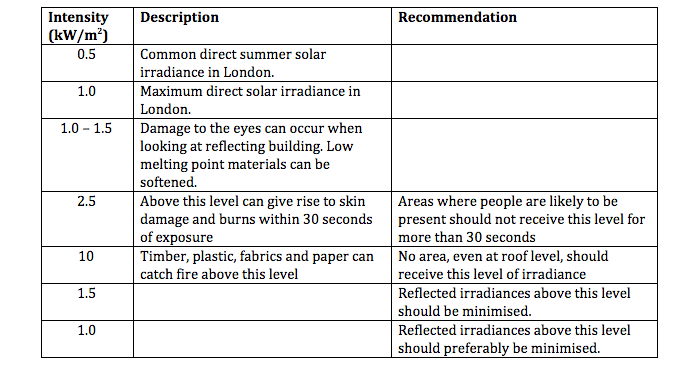
Mitigation
Solar Convergence can be minimized by:
- removing concave surfaces
- changing surface materials
- provision of external shading
Next Steps
Pager Power can model solar convergence and help with obtaining planning permission for concave structures. For more information please contact Mike Watson on 01787 319001.
Image accreditation:
https://commons.wikimedia.org/wiki/File:20_Fenchurch_Street_August_2014_2.jpg. Image cropped and resized from original.

